
Tomato: downy mildew, other diseases and pests
Identify, prevent, and treat
Contents
The tomato is one of the most widely cultivated fruit vegetables in gardens. While it is relatively easy to sow and plant, its cultivation can sometimes be a bit complicated, as it is susceptible to blight (Phytophthora infestans), as well as to other diseases and pests that threaten the much-anticipated harvests.
What are the main tomato diseases, how can you recognise them? How can you prevent and treat them? How can you keep pests and parasites away from tomatoes?
Discover all our tips and solutions to keep your tomato plants healthy and achieve abundant harvests!
→ To learn more about blight, you can also listen to our podcast:
Tomato blight: the main disease
Blight is the most common disease affecting tomatoes. It primarily appears during humid and rainy summers and spreads rapidly, usually leading to the rotting of already formed fruits and then the death of the plants.
Symptoms
The first signs of contamination of tomato plants by blight are observed initially on the leaves: small brown spots, with a somewhat oily appearance, appear. They enlarge and quickly turn blackish. Very soon, these spots spread to the stems of the tomatoes and then to the flower clusters and fruits, which eventually rot on the plant. Without intervention, the tomato plant dies quickly, eliminating any hope of harvest.
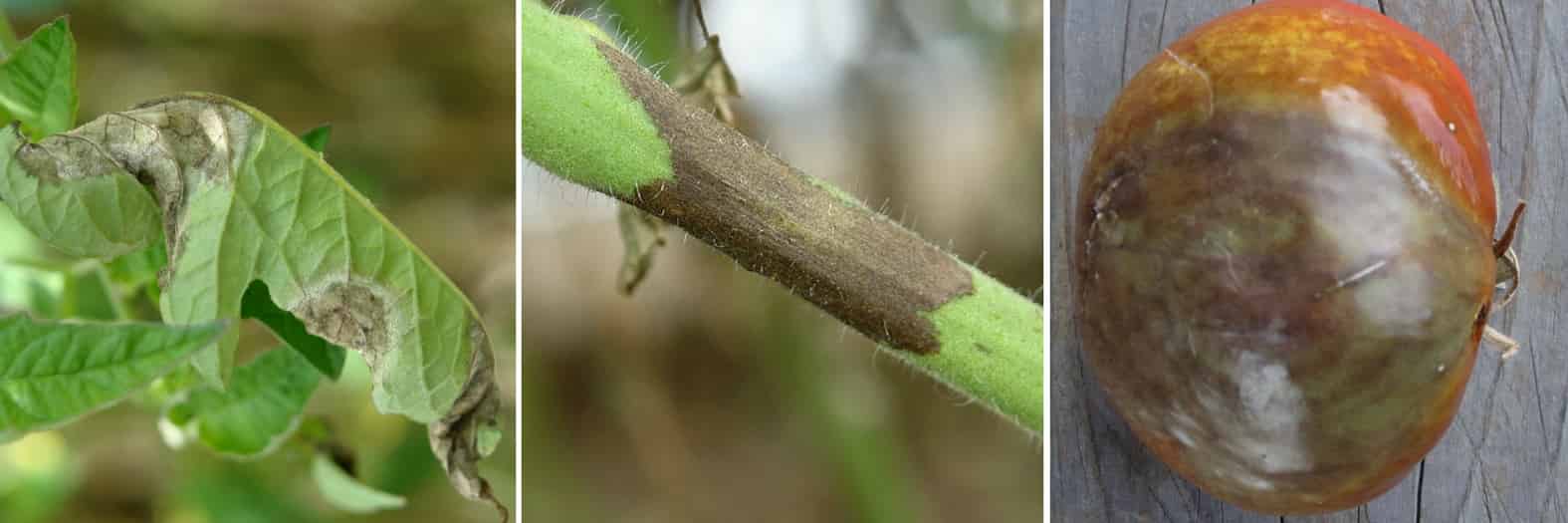 Blight – Phytophthora infestans – damage to leaf, stem and fruits[/caption>
Blight – Phytophthora infestans – damage to leaf, stem and fruits[/caption>
Causes
Blight is a fungal disease caused by a fungus: Phytophthora infestans. It is a fungus that spreads through the wind and affects the aerial parts of the plant. It particularly thrives in conditions of high humidity (rain, dew, but also high atmospheric humidity) and when the temperature is between 16 and 22 °C.
Learn more in: Blight: identification, treatment, prevention.
Read also
Tomato pruning and managementAvoid tomato blight, limit its spread
In the vegetable garden, as everywhere else, it’s better to prevent than to cure! The essential preventive measure is to create conditions that are unfavourable for the establishment of this fungus on tomato plants. This mainly involves combating humidity.
To that end, here are 6 preventive measures to avoid downy mildew:
1. Shelter your tomatoes
Whenever possible, grow your tomatoes under shelter. This could be a greenhouse, a tunnel, or a less expensive temporary structure, like this tomato shelter (it also has the advantage of being movable, which is practical for good crop rotation).
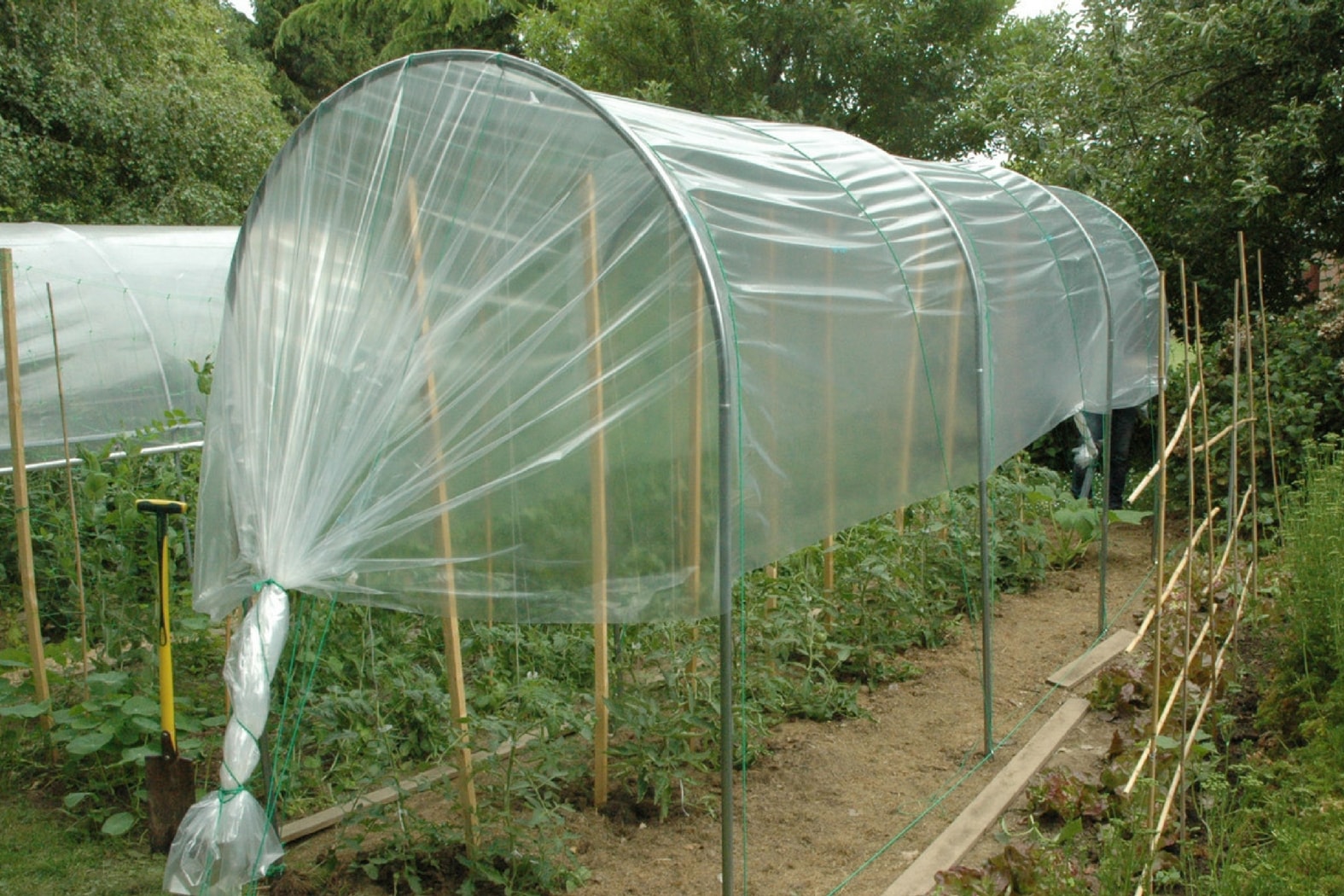
Temporary tomato shelters – Serres Natural: an effective and practical way to protect your crops
DIY enthusiasts can also build their own shelter, knowing that a simple roof over the tomato plants is often enough to limit damage.
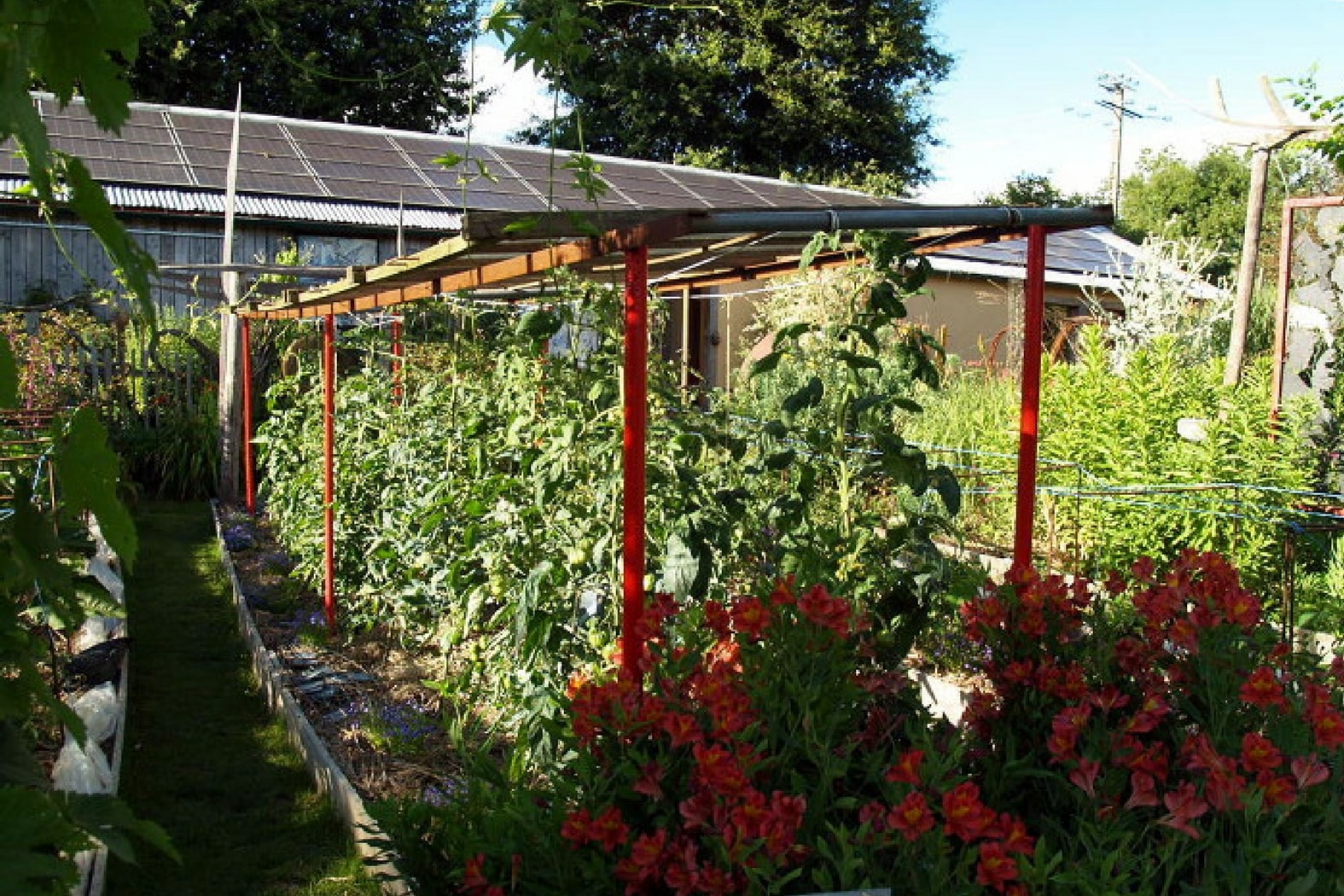
a shelter to protect tomato plants at Les Jardins de Rocambole
2. Space your plants adequately
The main factor favouring the appearance of downy mildew is humidity, so your outdoor tomato plants must be able to dry quickly. For this, air circulation is essential. This is why it is recommended to maintain good distances between plants: at least 50 to 60 cm and even more if you have extra space in the vegetable garden.
Note that downy mildew can occasionally thrive under shelter, especially when these are not properly ventilated. If you are growing your tomatoes in a greenhouse or tunnel, be sure to open the doors and vents to create air currents.
3. Prune your tomatoes… or not!
One of the reasons for pruning tomatoes is to limit vegetation to facilitate air circulation. Similarly, it is recommended to remove the leaves at the base of the plant so that they do not get wet during watering.
However, when pruning tomatoes, removing suckers creates wounds that are open doors to diseases.
This is why we recommend that if you prune your tomatoes, you should be careful and remove the shoots in the axils when they are still small, to limit the size of the wounds.
4. Water with caution
Watering tomatoes should never be done by spraying. On hot summer days, it may be tempting to shower the plants entirely to cool them down. This is a very bad idea. Tomatoes should always be watered carefully, at the neck and at the base of the plant, ensuring that the leaves do not get wet.
To learn everything about watering tomatoes, check out our advice sheet: “How to water tomatoes?”
To make these practices perfectly effective:
5. Respect crop rotation
Downy mildew spores can survive in the soil for several years. To avoid seeing the problem reappear systematically, do not plant tomatoes (or potatoes, which belong to the same botanical family, the Solanaceae) in the same plot for 5 years.
6. Grow downy mildew-resistant tomato varieties
Few varieties, apart from the Honey Moon F1 tomato, are truly resistant to downy mildew. However, some show a notable tolerance worth mentioning. These are often modern, hybrid F1 varieties developed for this quality, but also older varieties known for being more flavourful.
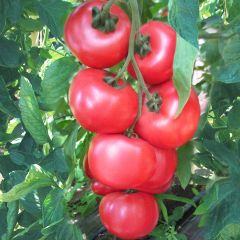
Tomato Honey Moon F1 Plants
- Flowering time July to October
- Height at maturity 1,50 m
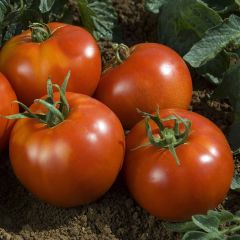
Fandango F1 Tomato
- Height at maturity 1,50 m
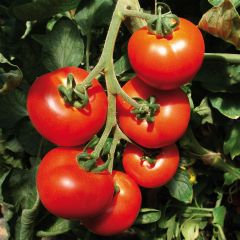
Tomato Previa F1
- Height at maturity 2 m
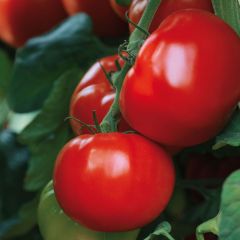
Maestria F1 Organic Tomato - La Sélection du Chef
- Height at maturity 1,80 m
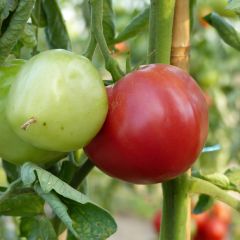
Tomato Rose de Berne
- Height at maturity 2 m
Preventive treatments for downy mildew
1) Bordeaux mixture
The most well-known preventive treatment is the spraying of Bordeaux mixture. Made from copper sulfate and lime, Bordeaux mixture is an effective fungicide, permitted in organic farming. Against downy mildew, Bordeaux mixture is especially effective as a preventive measure.
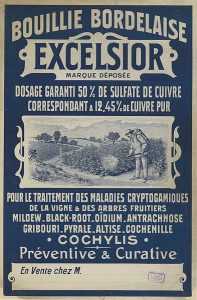
Bordeaux mixture
To do this, when all conditions are met for downy mildew to settle:
- dilute the Bordeaux mixture powder with water, at a rate of 2 grams per litre of water in a sprayer
- perform a spray once a week, not forgetting the undersides of the leaves,
- renew this treatment in case of significant rain that would wash away previous sprays.
Note that we suggest here using Bordeaux mixture at a reduced dosage (it is often recommended to add 10 to 20 grams of powder per litre of water), because, although its use is widespread and permitted in organic farming, it is not without consequences. Excessive use of this product leads to a copper accumulation in the soil which can, at a certain level, become toxic and destroy earthworms and soil fungi that contribute to its life and the formation of humus.
→ To learn everything about Bordeaux mixture, check out our sheet: “Bordeaux mixture and other copper-based treatments in the garden”
2) Plant extracts
Natural solutions exist as many plants have fungicidal properties, without impacting the environment. To prevent downy mildew damage, you can also use:
- horsetail decoction:
Dilute your decoction with water at a rate of 20% (i.e., 250 ml for 1 litre of water) and perform, in the evening, a spray on the soil and on the plant every 15 days, from the installation of your plants until July.
→ Find our ready-to-use horsetail manure or our advice sheet on how to make it yourself.
- Baking soda
The action of baking soda is based on its basicity. Sprayed on the foliage (at a rate of 3 to 10 grams per litre of water), it raises the pH, which would slow down the development of Phytophthora infestans.
- Nettle manure against downy mildew?
The nettle manure is not effective against downy mildew. Its action is not fungicidal, but phyto-stimulating. On tomatoes, it can be used at planting as a liquid fertiliser to ensure a good start for the plants. Some gardeners use it as a spray to stimulate the leaf defences. We advise against this last practice, as wetting the foliage could have the opposite effect to the desired outcome.
→ To learn everything about nettle manure, check out our sheets: “How to make nettle manure – tutorial” and “Nettle, a plant with many benefits”
Curative treatments: as soon as the first signs appear!
There is no effective natural treatment against an already established downy mildew. However, you can slow the disease by closely monitoring your plants and removing infected leaves as soon as the first symptoms appear.
Unless you have a compost bin that works perfectly, with a good temperature rise (which is quite rare), we recommend burning these plant debris and not leaving them on the ground.
The quick removal of the affected parts of your tomato plants, complemented by a spray of Bordeaux mixture or baking soda, are two measures that can significantly slow down attacks until the fruits ripen, but rarely stop them completely.
Discover other Tomatoes
View all →Available in 1 sizes
Available in 1 sizes
Available in 1 sizes
Available in 1 sizes
Available in 1 sizes
Available in 1 sizes
Available in 1 sizes
Available in 1 sizes
Available in 1 sizes
Available in 1 sizes
Other diseases
As if downy mildew wasn’t enough, tomatoes can be affected by other diseases, the most common of which are:
Alternaria or black rot
- Symptoms and causes:
Black, circular spots appear on the foliage and grow in a concentric manner. The stems are also affected, bearing grey or brown, round or elliptical spots. The plant loses its leaves, the petioles are gradually affected, and the fruits also begin to rot.
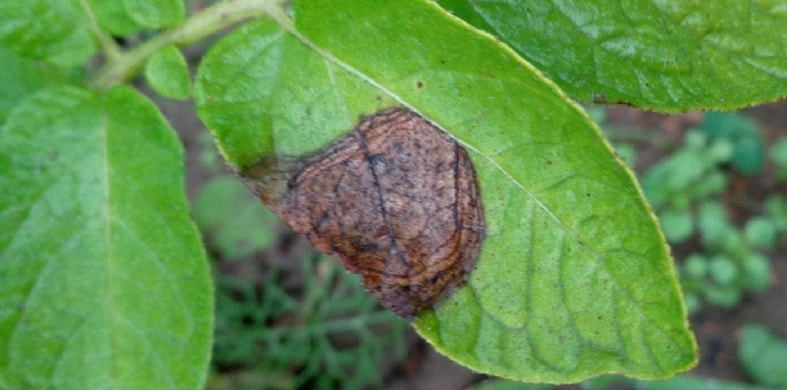 Alternaria
Alternaria
The culprit is once again a fungus: Alternaria tomatophila, which hibernates in the soil, but also on the seeds. It thrives when mild temperatures are combined with high humidity.
- Preventive and curative treatments:
Preventive measures are the same as those recommended to prevent downy mildew. Curatively, sprays of a solution based on baking soda or horsetail decoction yield satisfactory results.
Note that this fungus can survive on seeds, so it is wise not to collect them from infested plants for your own sowing.
Fusarium wilt
- Symptoms and causes:
Fusarium wilt is a disease that affects the roots of tomato plants at all stages of their development. This disease results in a total decline of the plant. Brown-red lesions are observed on the collar of the plants, which quickly evolve into rot. The culprit: Fusarium oxysporum, a fungus that thrives especially in warm weather (around 28 °C) and attacks the vessels conducting the sap.
 Fusarium wilt – Photo: The American Phytopathological Society
Fusarium wilt – Photo: The American Phytopathological Society
- Preventive and curative treatments:
There is no curative treatment. This fungus can survive in the soil for a long time and can affect many botanical families. We therefore recommend eliminating infected plants and burning them.
In the following years, grow your tomatoes from grafted plants, resistant to diseases, including fusarium wilt.
Verticillium wilt
- Symptoms and causes:
Although less severe than fusarium wilt, verticillium wilt is also a disease that affects tomato plants as a whole. Even if the plants do not necessarily die, fruit production is significantly slowed. Old varieties are the most sensitive to this disease, while many modern varieties are resistant.
As always, this is a cryptogamic or fungal disease that causes obstruction of the vessels conducting sap. It appears mainly in mild weather, when temperatures are between 16 and 25 °C. The pathogenic fungus responsible, Verticillium dahliae, capable of surviving in the soil, infiltrates the plant causing wilting that begins with a softening of the foliage. Yellow then brown V-shaped spots (like Verticillium… almost a signature!) appear, and then the leaves completely necrose. Sometimes, the plant seems to be affected only on one side. Cut a stem transversely and observe: the presence of brown areas in its core is a sign.
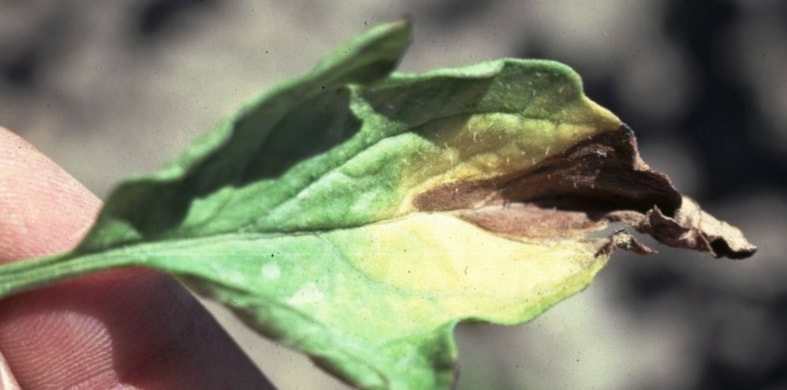 Verticillium wilt – Photo: Ministry of Agriculture, Food and Rural Affairs – Ontario
Verticillium wilt – Photo: Ministry of Agriculture, Food and Rural Affairs – Ontario
- Preventive and curative treatments:
Verticillium wilt is a disease more common in rich soils: to avoid it, do not over-fertilise!
There is no curative treatment. Market gardeners whose crops are affected are forced to disinfect their soil. However, to limit damage, we advise intervening as soon as the first symptoms appear by removing affected parts. It is worth noting that some gardeners have achieved good results by spraying their plants and watering the soil with plant extracts (horsetail, comfrey).
Be careful, this is a disease that spreads easily: clean your tools thoroughly with alcohol between each plant and maintain this habit during future prunings.
→ Read our detailed sheet on verticillium wilt as well as our article on ToBRFV, a brand new virus threatening tomato, pepper, and chilli crops
Black heart, curled leaves...: physiological disorders
In addition to diseases, it is common for tomato plants to experience disorders that may suggest they are unwell. These are actually minor disturbances unrelated to any bacterium or fungus, but rather linked to growing conditions.
- Blossom end rot
Blossom end rot is relatively common, especially in long-fruited varieties like Andine Cornue. This phenomenon, known as apical necrosis, is characterised by the appearance of a large brown or black spot at the bottom end of the fruit.
It is a symptomatic disorder of a calcium deficiency that occurs when the soil lacks it, but not always. Most often, the cause is irregular watering (alternating between dry periods and then heavy watering) which makes this calcium unavailable to the plant.
The solution lies in the problem: water moderately, but more frequently, and mulch the base of your tomatoes to retain moisture!
In naturally acidic soil, if the problem persists despite regular watering, consider making an annual calcium amendment (the pH of soil should never be raised abruptly) in the form of dolomite, for example.
→ To learn more, read our article: “Blossom end rot in tomatoes: how to effectively combat it?“.
 The “blossom end” or apical necrosis
The “blossom end” or apical necrosis
- Fruit splitting
Tomatoes that are ready for harvest and split and crack, making their storage, even briefly, impossible, is another common issue in the vegetable garden. This disorder is also caused by irregular watering or regular watering that is too excessive.
If this occurs at the end of the season, when thunderstorms are more frequent and your tomatoes are grown outdoors, unfortunately, there is nothing to be done except to pick the fruits a little early to let them ripen at home.
- Curled leaves
Sometimes, tomato leaves curl in on themselves, showing their undersides. This relatively common phenomenon is not very serious, but indicates stress in the tomato plant. This can be caused by many factors: a virus that is often harmless, excessive nitrogen fertilisation, high temperatures (temperatures rise quickly under cover), irregular watering, or overly compacted soil that suffocates.
To prevent this phenomenon, ensure your soil is well loosened before planting, use nettle manure sparingly, ventilate your shelters, and water regularly, but moderately.
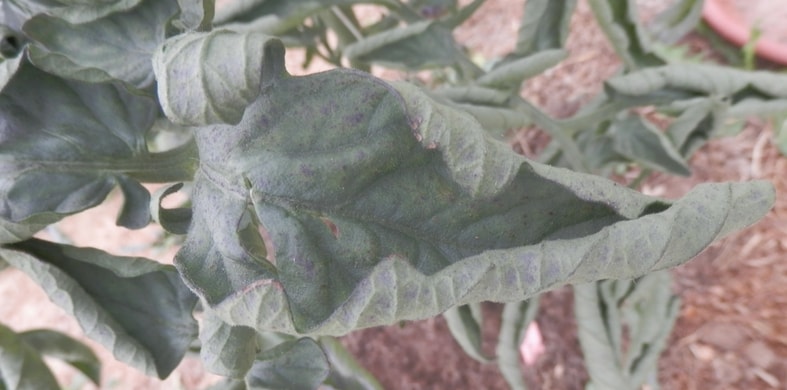 Curling of tomato leaves
Curling of tomato leaves
Pests and parasites of tomatoes
Good news! In the vegetable gardens of amateur gardeners, tomato pests are far fewer than diseases. Among them are:
- Root-knot nematodes (Meloidogyne):
These are microscopic worms that live in the soil. They attack the roots of tomato plants, forming galls that hinder proper development. Although they are greatly feared, these nematodes do not seem to be very prevalent in private gardens.
To deter nematodes, it is recommended to associate tomatoes with marigolds (tagetes), nematicides, and also to practice good crop rotation.
- Tomato hornworm
The tomato hornworm (Helicoverpa armigera) is a nocturnal moth. Of tropical origin, it is more commonly found in warm climates, such as in the south of France. The damage is evident and serious, as this caterpillar, after attacking the young leaves, goes for the fruits, devouring them from the inside.
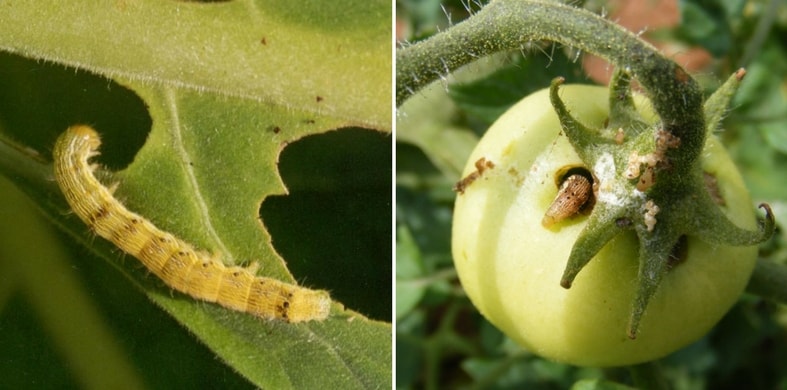 Damage caused by the tomato hornworm – Helicoverpa armigera
Damage caused by the tomato hornworm – Helicoverpa armigera
Treatment:
The first measure to take is to manually collect the caterpillars to destroy them (using a pickle fork makes the task easier for those who are squeamish about small creatures!). Complement this collection with a spray of Bacillus thuringiensis (Bt), which you should repeat every 10 days. Note that this product, permitted in organic gardening, is only effective when the larvae are very young.
There is no prevention against this pest other than to encourage the presence of its predators, which are bats and insectivorous birds.
- Mites: Spider mite and Aculops lycopersici
The spider mite (Tetranichus orticae), often referred to as “red spider“, is, in fact, a mite so small that it is only noticeable during severe infestations, when its presence is massive, but also by the webs it weaves on the plants. Variable in colour (yellow or red), it settles on the leaves and stems, sucking the sap, as well as on the fruits.
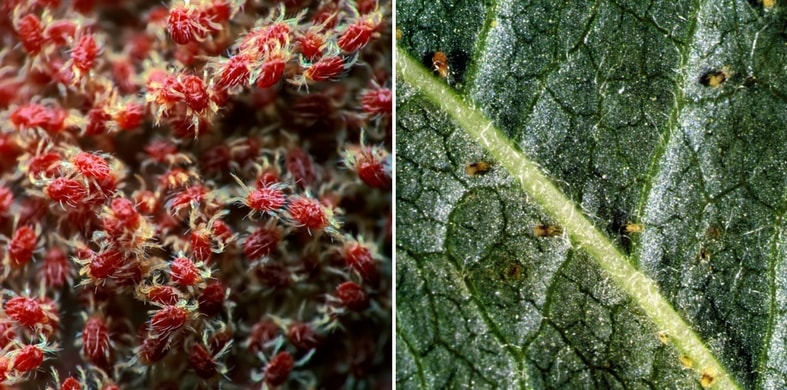 Spider mite (Tetranichys orticae), often called “red spider”
Spider mite (Tetranichys orticae), often called “red spider”
Aculops lycopersici is also a mite, responsible for Bronze disease or “bronze disease of tomatoes”, which forms shiny, bronze-green patches on the leaves and stems. The fruits are also affected and may crack.
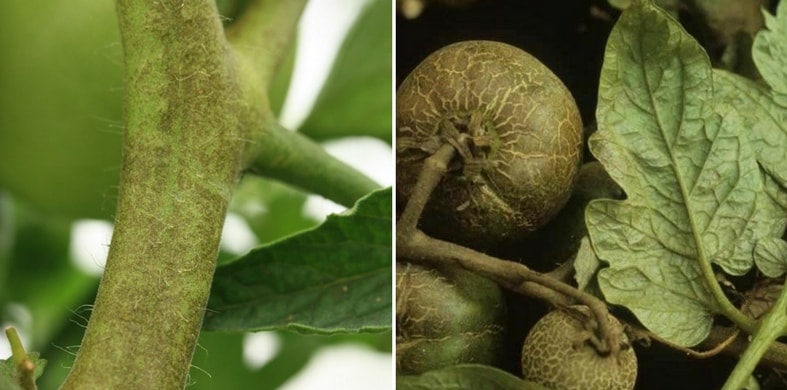 Bronze disease caused by Aculops lycopersici
Bronze disease caused by Aculops lycopersici
Treatment:
For other plants, treatment involves spraying the foliage with water or with a decoction of garlic, horsetail, or tansy. This treatment is not advisable for tomatoes as it would encourage the appearance of downy mildew.
The best prevention: good young plants!
The list of diseases and pests is long, but rest assured, apart from Downy Mildew, they are not so common and are quite easy to avoid by following our advice, as well as by choosing your young plants wisely.
The best way to have healthy tomato plants is to grow them from strong young plants. To achieve this, avoid buying them when they are too large, sometimes drawn out from a long stay in the garden centre.
Whenever possible, sow your seeds or buy your small young plants in plug plants, and grow them at home, regularly taking them outside to harden them off.
Finally, plant them in healthy soil, enriched with well-decomposed compost, and do not over-fertilise, especially with nitrogenous fertilisers: a plant that grows quickly is visually satisfying, but its softer tissues also make it more susceptible to diseases!
- Subscribe!
- Contents































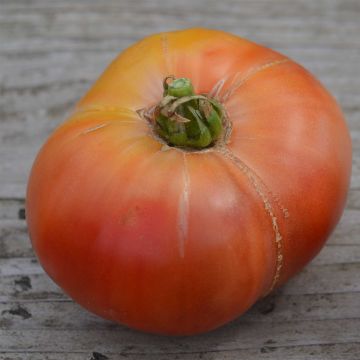
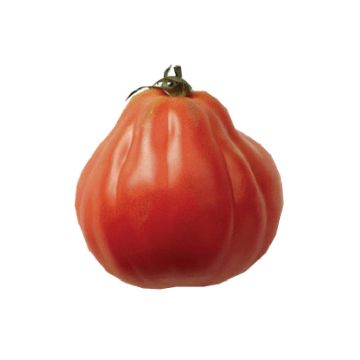
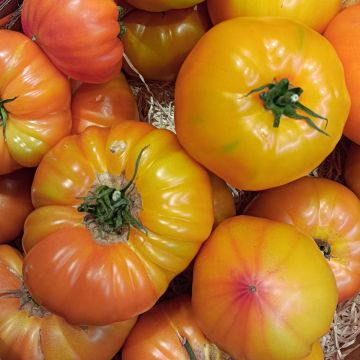
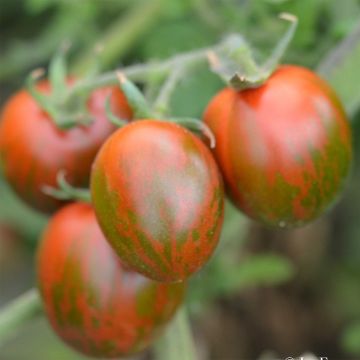

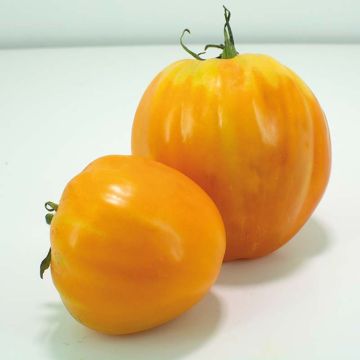
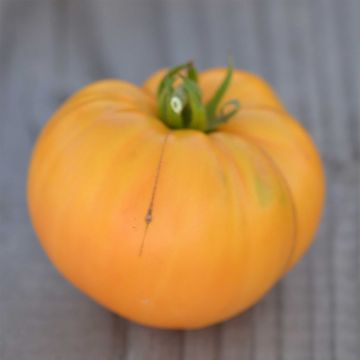
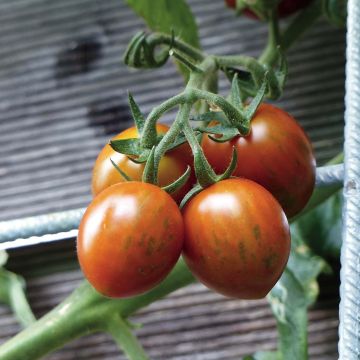
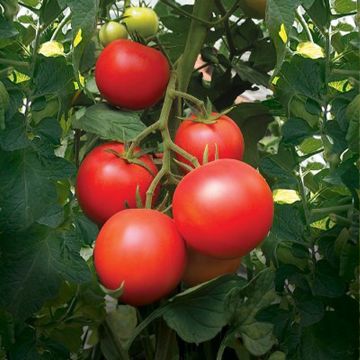
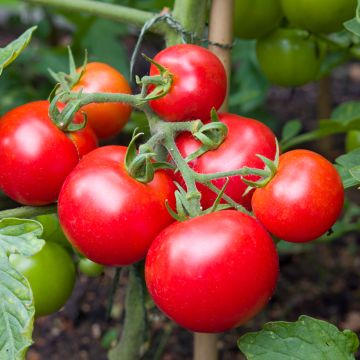
Comments